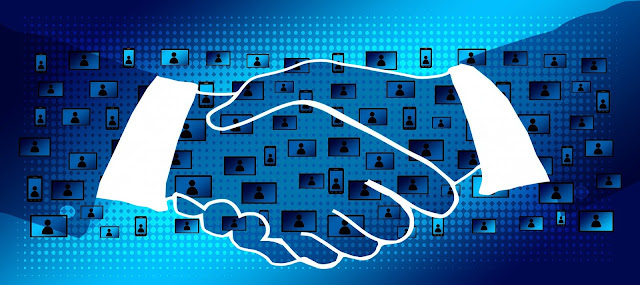Blockchain-Powered Internet-of-Things: Potentials and Challenges

By Othman Darwish Device democracy was the idea of the experiment done back in 2015 by IBM, with the collaboration of Samsung. The trial studied the integration of decentralization technology of blockchain with Internet-of-Things - IoT. The use case revealed by IBM concerning autonomous wash machine, that able to order detergent autonomously; that machine provided by a sensor that able to detect detergent level, and when it goes low, it communicated with a smart contract using Ethereum protocols and instantiated an order request to a retailer. Once the retailer received the request and upon approving it, a digital payment automatically released from wash machine and received by the retailer, then an acknowledged of the payment received by wash machine. The negotiations between wash machine and retailer ordering service and resulting transactions logged on the blockchain. The idea behind that IBM experiment of making these devices autonomous in a d...


